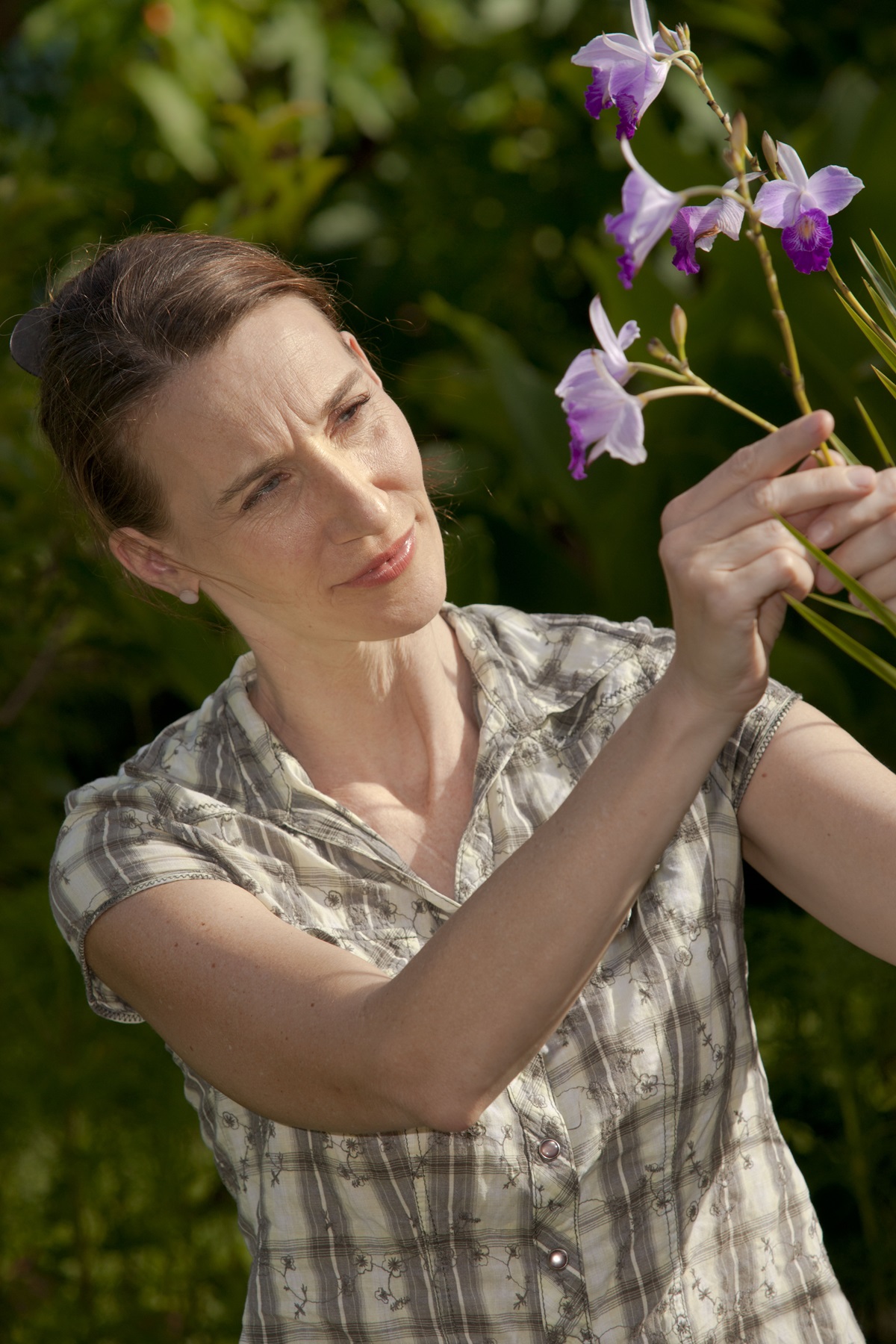Inspecting newly sown pastures – Check for pests, weeds and diseases
Clare Edwards, Senior Land Services Officer (Pastures)
Tablelands Telegraph – August 2020
Many producers took the opportunity to sow new pastures this autumn. Now is time to monitor these pastures for potential problems such as pests, weeds and diseases.
Ideally, we should be out checking out these pastures every 5-7 days and identifying any issues. With soil temperature being low, around 7 – 10oC at the moment, pasture growth is slow. Late autumn and winter sown pastures are especially slow to germinate.
There are a number of pests, weeds and diseases around this year that we need to be on the lookout for, some of which we have not seen for a number of years.
Earthmites are a major issue at the moment. Mites in newly sown pastures can have a devastating impact on seedling survival. I have seen a wide variety of types this year such as Blue Oat Mites, Redlegged Earthmites, Byrobia mites and Spider mites.
It is important is be able to identify the type of mite for control and management purposes. The damage of Blue Oat Mite and Redlegged Earthmite is often seen as a silvering or whitening of the leaves. It is commonly referred to as looking like frost damage.
The best time to examine pastures for these pests is in the late afternoon. The mites are often very small – 1-2 mm in length – and I generally need a magnifying glass or a hand lens to identify the specific type. Cesar Australia has a great resource on identifying different mites and management options.
The wetter seasonal conditions at and after pasture sowings this year has also led to potential for ‘damping off’ and root rots. There are a range of fungi that can cause damage to newly germinated legumes. These are more common in paddocks with larger amounts of carry-over plant material.
Likewise, I have also seen a number of pastures, most have been established pastures, with rust on the leaves. Phalaris, ryegrass and fescue seemed to be the most affected. This rust, looking like orange discolouration on the leaves, was most apparent in Autumn while it was still warm and the pasture sward was moist.
Grey mould (Botrytis spp.) has also been seen in legume-dominant pastures with dense canopies. Grey mould first appears as isolated wilted patches which rapidly spread and turn a grey to brown colour over time and this fungal disease can decimate pastures.
The best strategy to prevent grey mould is to try to reduce the amount of herbage presents through grazing and therefore increase air movement through the canopy. Fungicides are also available but check withholding periods and decide if this is the most appropriate method of management that suits your situation.
Lastly, don’t forget about identifying the germinating weeds. Many newly sown pastures may not have had good weed control in the years prior to sowing and will be competing with annual grass weeds like vulpia and barley grass.
A number of pastures I have seen sown this year have also had a lot of volunteer ryegrass germinate and become dominant. Broadleaf weeds such as capeweed, erodium (or storksbill), peppercress, shepherd’s purse, marshmallow and Paterson’s curse are all common in pastures at the moment.
Selective herbicides may be an option for weed control, particularly broadleaf weeds, in establishing pastures. However, better control is achieved early in the weed lifecycle and selection of an appropriate herbicide must also consider the tolerance of the pasture species sown (especially legumes) to the herbicide being used. As always, withholding periods for grazing must be considered and observed.
Many of the newly sown pastures have had a great start to life in fantastic conditions. However, pests, weeds and diseases can sneak up and be devastating in a year like this one. So, make time to regularly assess your pastures and identify any emerging issues.








